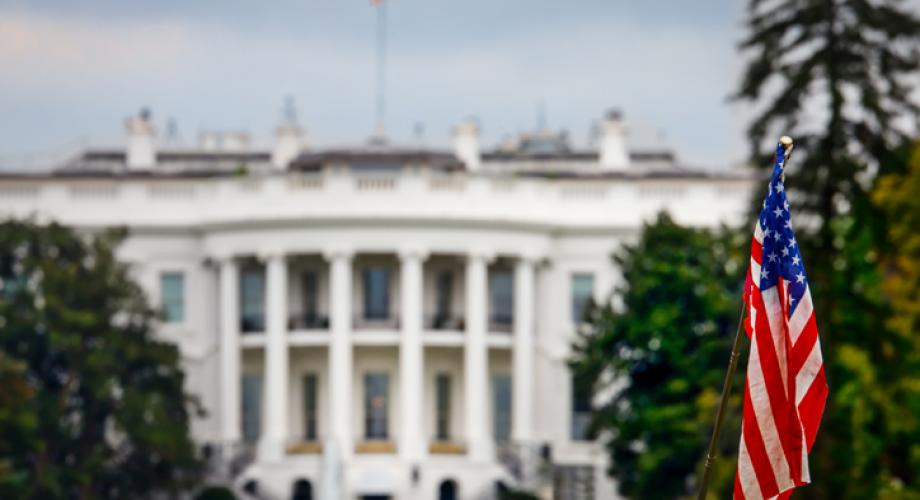NAA represents industry at event focused on promoting housing stability, eviction diversion solutions to keep Americans in their homes.
As part of a top-down government approach to ease the burden on renters and homeowners affected by COVID-19, the Biden White House convened its Summit on Eviction Prevention on June 30 to promote housing stability and discuss actionable, eviction diversion solutions that keep Americans, particularly those still reeling from the pandemic and the resulting economic fallout, in their homes.
The program began with remarks from Susan Rice, Director, White House Domestic Policy Council; Wally Adeyemo, Deputy Secretary, U.S. Department of the Treasury; and Gene Sperling, American Rescue Plan Coordinator, all emphasizing the importance of the Administration’s efforts so far to prevent displacement during the public health crisis and highlighting the importance of distributing more than $46 billion in federal rental assistance dollars as quickly as possible to those in need.
Deputy Secretary Adeyemo emphasized the Treasury’s ongoing efforts to provide state and local grantees with the flexibility they need to distribute the federal funds effectively, while Gene Sperling reiterated the sense of urgency. He stressed that the U.S. Centers for Disease Control and Prevention’s (CDC) federal eviction moratorium will come to an end on July 31, and stakeholders must work together to make landlords whole, keep renters housed and prevent homelessness. Woven into their remarks was a constant theme—equity—to prevent evictions from having a disparate impact on communities of color that have already been hardest hit by the pandemic.
Matthew Desmond, Principal Investigator of Eviction Lab, provided a research overview that keyed into the importance of intervention as early as possible in the eviction process. He suggested, "This is an opportunity not to go back to normal. For so many renters in the country, normal is broken, normal is painful." He also emphasized three keys to a successful eviction diversion program: advocacy, assistance and having alternatives. He also mentioned keeping property owners solvent as a success measure, among others.
Following Desmond’s remarks, Patricia Lee Refo, President of the American Bar Association, moderated a panel of speakers who shared insights on coordinating eviction diversion and emergency rental assistance, including National Apartment Association (NAA) member Gilbert Winn, CEO, WinnCompanies. While the other speakers emphasized the importance of a multi-prong approach (including solutions like access to housing counseling, heightened fair housing protections for evicted renters, right to counsel, mandated mediation, sealing of eviction records and restrictions on resident screening of COVID-19 eviction history) and tailoring solutions to the needs of a particular community, Winn highlighted the company’s efforts as one of the largest affordable housing providers in the country to address the challenges of their residents and significantly reduce rates of evictions at their properties.
Winn noted two key principles which guided their efforts:
- First, payment and collection of rent is critical to rental housing, affordable housing in particular, because when rent is not collected, the effect is on the quality of life of their renters through deferred maintenance and other setbacks that degrade the physical quality of their communities and reduce the support they can offer to their residents.
- Secondly, renters deserve a safety net when they fall behind through no fault of their own.
The panel was followed by remarks from Associate Attorney General Vanita Gupta, who highlighted recommendations from her letter to chief justices of state supreme courts and state court administrators. Recommendations from the letter include support for postponing pending eviction cases for an additional 30 to 60 days to allow litigants time to apply for rental assistance and requiring landlords to apply for rental assistance before filing. Gupta also remarked that mitigation strategies cannot be one-size-fits-all and urged a tailored approach. U.S. Department of Housing and Urban Development (HUD) Secretary Marcia Fudge closed the event with comments about HUD’s efforts to prevent eviction and keep renters housed during the pandemic.
Following the publicly broadcast portion of the program, the White House facilitated a series of breakout sessions that included local government, judicial, legal and community leaders from 50 cities to develop “community-specific solutions to provide vulnerable families access to counsel, divert evictions and connect renters and landlords to available resources.” Included were industry leaders from NAA’s network of state and local apartment associations who provided the housing provider perspective and brought balance to the advocacy discussions.
NAA members conveyed in these breakout sessions that while we appreciate the Administration’s efforts to provide assistance to renters and housing providers who have been affected by the pandemic, we caution against prevention efforts that restrict access to eviction courts or arbitrarily lengthen the process. Evictions are the only legal remedy that both sides have to resolve landlord and tenant disputes and owners and managers need to retain access to the eviction process to resolve these challenges in an equitable and timely manner when all other methods fail. It is an unfortunate but necessary process, not just for nonpayment but for other lease violations like life safety concerns as well.
NAA will continue its efforts to emphasize that the best way to keep renters stably housed and ensure that housing providers have enough money to pay their bills and maintain the quality of housing for their residents is through efficient and effective distribution of emergency rental assistance and more investment in existing housing subsidy programs like Section 8.
Policymakers must move away from broad sweeping emergency protections like eviction moratoria that were intended to be temporary but have become semi-permanent. While well intended, these policies have consequences on the operations and long-term health of the rental housing industry.
